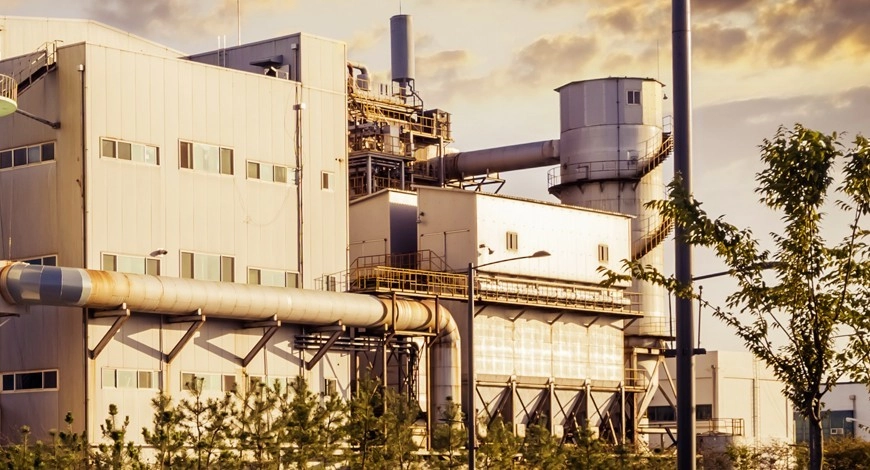
Effectiveness of the Dust Collection System: Spotlight on Prevention
In the previous article, we laid the foundation for dust collection and air emissions issues. Since the performance of a dust collector depends on multiple factors, learn about our prevention advice to ensure it is effective and meets the air emission control standards.
Four Practices for Optimizing Your Dust Collecting
Put yourself at an advantage by adopting good practices, while familiarizing yourself with the tools available to you and the risk factors.
1. Have a Tailored Initial Design
Be sure that you have a good understanding of the particles that you deal with in order to select a suitable dust collection system. This is one of our golden rules. Is it fumes or dust? With fumes, cartridge dust collectors are usually recommended because their filtration capacity is effective for fine particles. For larger volumes, we often turn to the baghouse dust collector.
For a dust collector to effectively capture the contaminated airflow, size comes into play. If the airflow is high, it will have to be large enough to provide a sufficient total filter surface (surface area of its filters). Therefore, you need to determine the right air-to-cloth ratio (airflow per filter surface). Some people make the mistake of using a system with too small a filtration surface. They overload the dust collector, which can wear out prematurely, and its filters may clog. Another consequence? The system no longer effectively controls the air emission rate!
2. Selecting the Right Filter Elements
The filtering medium’s role is to retain the particles. You have to choose the right type of membrane, otherwise your system will be less effective. A number of characteristics of the particles come into play in this decision:
- Diameter
- Electrostatic charge
- Density (weight based on volume)
- Hydrophilicity (moisture absorption or adherence to water)
- Shape (round, fibrous, cylindrical, etc.)
- Chemical stability
- Abrasiveness
This last characteristic, abrasiveness, has a considerable impact on the medium chosen and your air emissions. Some particles (rock dust, sand, minerals, or glass) can prematurely wear the ducts or the system. If a filter is punctured or the system is damaged, the dust could contaminate the ambient air or escape into the atmosphere.
There are preventive solutions for this problem: installing an impact plate (an accessory bolted onto the dust collector’s bypass plate to protect it), covering the internal surfaces with a protective coating, manufacturing the system’s parts using CHT-grade metal for strength — and many more. An ounce of prevention is worth a pound of cure!
3. Obtain a Particle Detector
Also called a broken bag detector, this sensor is connected to the duct system where the filtered air exits the dust collector. If a filter has a hole, the air and particles pass through it and continue on towards the system’s exit. The detector then emits a signal to alert you to the presence of undesirables in those ducts.
Since the dust collection system is often installed in a location far from the work area or outdoors, employees do not necessarily have the reflex to check that it’s working properly. This tool keeps an eye on the system for you and on your air emissions.
4. Performing a Proper Start-up
The time has come to translate your system’s design into reality, based on multiple calculations and simulations. To achieve the desired flow rate and reduce air emissions once the system is up and running, a dust collection expert should make some adjustments, including opening and closing the dampers. In the life of a dust collector, this calibration is needed after every major maintenance, such as a filter change.
At start-up, the emission rate into the atmosphere is naturally higher because the dust collector has almost no dust cake, a key player in its effectiveness. Did you know that it is responsible for filtering the particles, whereas the filter media retain it (hence the importance of selecting the right ones based on the contaminants involved)? The thicker this cake gets, the more effectively the system filters…up to a point, when declogging with compressed air becomes necessary. Speaking of your system, you should add perlite to it; this white powder sticks to the filter media by mimicking the normal dust build-up on the filters. A great help!
You will understand that prevention is central to the effectiveness of your system and to optimal reduction of your air emissions. To help you weigh the pros and cons of each solution, we’re always ready to answer your call. Let us know!
Get in touch with our experts!
